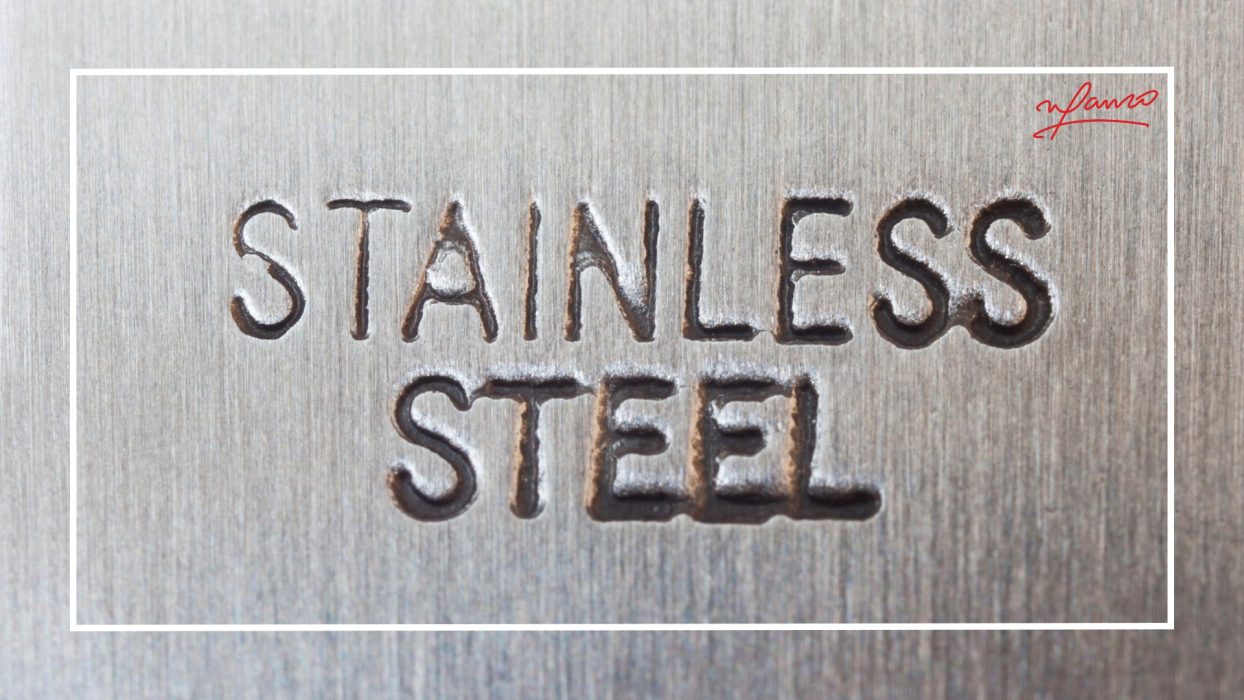Stainless Steel Plates Advantages and Applications
Introduction
When corrosion risk is real and downtime is expensive, stainless steel plates protect both performance and schedule. The right grade resists attack, cleans fast, and holds strength where it counts. This guide explains the core advantages of stainless plates, where they deliver the most value, how to choose a grade and finish, and what to include in your RFQ so inspection is smooth the first time.
What is a stainless steel plate
Stainless steel is iron with controlled chromium and often nickel, molybdenum, and other elements. A thin chromium oxide layer forms on the surface and resists rust. Different grades tune corrosion resistance, strength, and weldability. Plates come in practical thickness ranges and sizes for structural parts, vessels, frames, and hygienic equipment.
Key advantages you can count on
- Corrosion resistance
The passive oxide layer protects against rust in wet and chloride rich environments. - Cleanability
Smooth finishes support fast washdowns in food, beverage, and pharma. - Strength and toughness
Reliable mechanicals with stable behavior during forming and welding. - Temperature performance
Certain grades retain strength at elevated temperature or resist thermal cycling. - Lifecycle value
Fewer coating cycles and less unplanned downtime reduce total cost of ownership. - Aesthetic appeal
Architectural finishes keep their look with minimal maintenance. - Traceability and compliance
Clear heat numbers and mill certificates support audits and handovers.
Best fit applications by industry
Food and beverage
Tanks, conveyors, covers, and washdown areas that need cleanable surfaces and stable finishes.
Water and wastewater
RO skids, clarifier parts, ladders, and hardware where wet service never stops.
Chemical and pharma
Process vessels, ducting, and frames that face aggressive cleaners or corrosive media.
Marine and coastal
Deck hardware, ladders, and cladding that fight chlorides and salt spray.
Energy and power
Heat resistant components in high temperature zones and balance of plant items that demand durability.
Architecture and public spaces
Facades, handrails, and panels where appearance and longevity matter.
Explore size and supply scope on our Stainless Steel Plates page.
Grade selection made simple
Pick the grade to match media, cleaning routine, and temperature.
- 304 for general purpose service with easy fabrication.
- 316 or 316L for coastal and chloride exposure with better pitting resistance.
- 310S for heat service with strong oxidation resistance.
- 409 or 410 for thermal shields and automotive use where moderate corrosion resistance is acceptable.
- 904L for aggressive chemical environments.
- Duplex 2205 for high strength with resistance to stress corrosion cracking in chlorides.
If you need elevated temperature strength with carbon backing and a stainless surface, consider cladding or overlays based on your design code.
Finishes and roughness that influence hygiene and looks
Finish affects both cleanability and appearance.
- No. 1 hot rolled, annealed, pickled for industrial service.
- No. 2B cold rolled for smooth, easy to clean surfaces.
- No. 4 brushed for visible equipment panels and facades.
- BA bright annealed for a reflective look.
Set target roughness where hygiene is critical. Many food and beverage lines aim near zero point eight micrometer Ra, then verify during FAT and SAT.
Fabrication and passivation notes
- Use dedicated stainless tools to avoid carbon contamination.
- Keep joints clean and dry before welding to prevent porosity.
- Back purge austenitic grades where required for clean root welds.
- Remove heat tint, then pickle and passivate so the passive layer is restored.
- Protect finished surfaces with films and careful handling during transport.
Tolerances and flatness that prevent rework
Define expectations early.
- State the thickness tolerance class that suits machining or sealing.
- Set a flatness target that supports gasket seating and nozzle alignment.
- Confirm edge condition and any need for leveling.
Documents and inspection you should request
- EN one zero two zero four type three point one mill test certificates with chemistry and mechanical results tied to the heat number.
- Surface finish declaration with measured Ra values when hygiene matters.
- Ultrasonic testing where project documents require it.
- Packing lists and plate identification that mirror your purchase order.
- Support for third party inspection when clients mandate it.
RFQ checklist for precise quotes
Share these items and you will receive a complete offer without revision loops.
- Grade and standard such as 304 or 316L with ASTM or EN or IS callout
- Thickness, width, length, and quantity
- Finish and any target roughness values
- Tolerance and flatness targets and edge condition
- Processing needs such as cutting, bevels, marking, and forming
- Document and inspection scope including EN one zero two zero four type three point one
- Delivery location and target date
Frequently asked questions
Can stainless replace a coated carbon solution
Often yes when corrosion is persistent or cleaning is frequent. Lifecycle cost can favor stainless in many plants.
Is post weld heat treatment needed
Usually not for common austenitic grades. Follow your welding procedure and remove heat tint with proper cleaning.
Can I mix stainless with carbon components
Yes with the right fasteners, isolation, and procedures to control galvanic effects and contamination.
Why teams choose Namco Industries
You get consistent chemistry control, precise rolling, and reliable dispatch windows. Our documents match your order and make audits calm. From food lines to coastal structures, we align supply with your fabrication plan so your people stay productive and your site stays on schedule.
Conclusion
Choose the grade that fits your media and temperature, lock the finish that meets hygiene or aesthetic goals, and define tolerances and documents up front. Do this and stainless steel plates will work hard for years. Ready to move from drawings to a precise quote
Click Here to share your requirement with Namco Industries.



